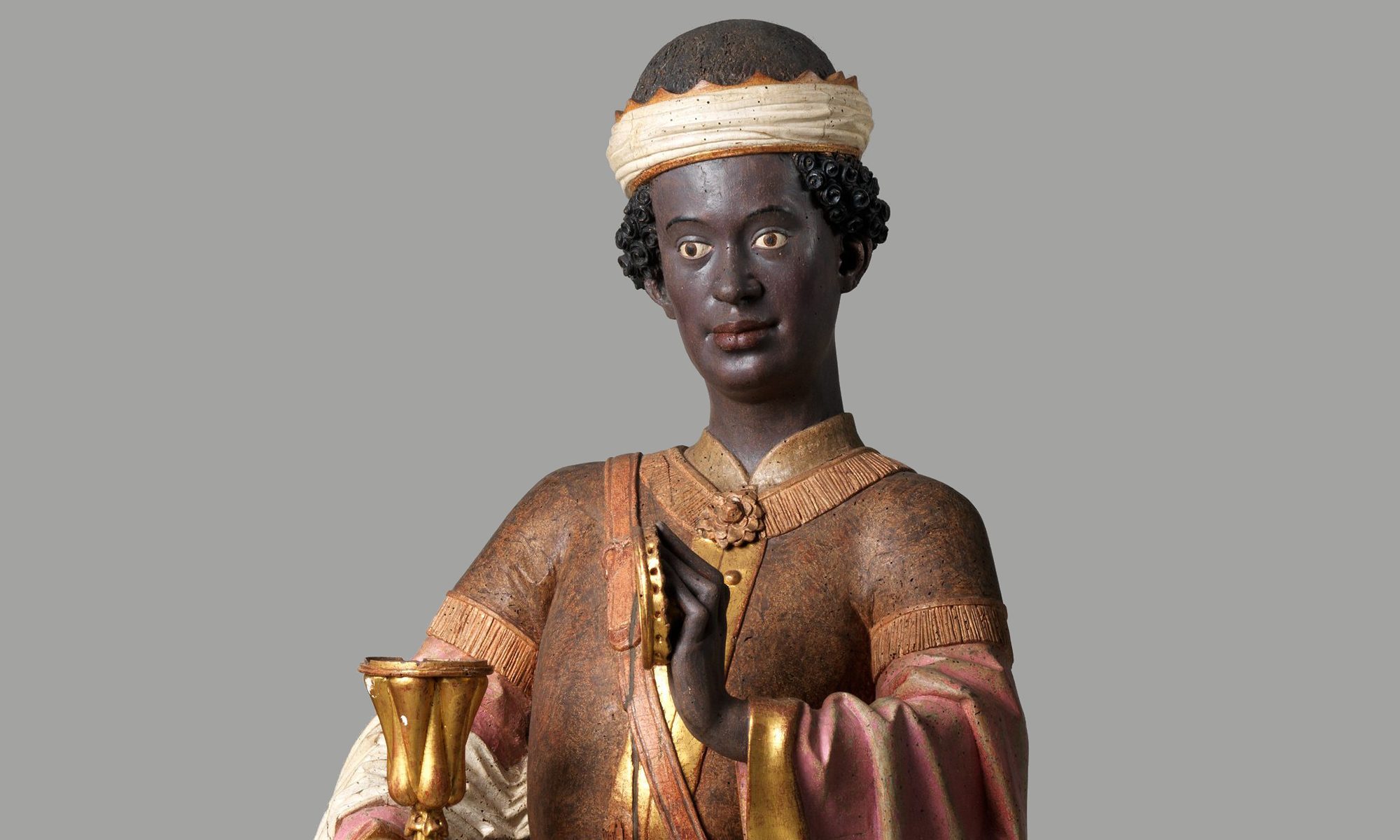Medievalists of Color organizes a workshop on racial politics that convenes at the International Congress on Medieval Studies (ICMS). It explores how medievalists in all areas of study can be effective allies for diversity and inclusion within our institutions and across our field. Everyone is welcome!
Click here for a reflection on the workshop’s origins
About the Workshop
We offer this workshop to address two related issues whose urgency has intensified in recent months. Many medievalists are aware of our field’s co-optation by white nationalists deploying simplistic notions of Western European civilization in the service of a racist agenda. But underlying this phenomenon is a longstanding problem that, we argue, has exacerbated the more immediately apparent one. The scholarly study of the Middle Ages has not consistently made space to incorporate theories of race and racial consciousness into its training processes. “Whiteness” in the title of this workshop refers not only to demographics but also to the historical operation of a largely uninterrogated, and thus dominant, mode of perception within medieval studies. Many of us — white as well as POC scholars — need better tools for understanding the implications of “whiteness”: how does it affect professional and scholarly practice, student and faculty experiences, and the privileging or muting of certain voices — whether those of premodern authors or contemporary scholars — within the field? Addressing the whiteness of medieval studies will not only equip us to respond to the external political circumstance but will also improve the field’s internal health, ethics, and self-awareness.
A brief example: some medievalists have found hope in the narrative of Derek Black, a former white supremacist whose views changed after attending college and studying medieval history. On the surface, this narrative suggests that a rigorous education in the medieval world has sufficient power to intervene into a racist’s beliefs. This account, however, occludes a crucial element in the reporting of this story: Black’s views were challenged by conversations and experiences outside the classroom rather than those within it. Black is not alone in turning to the Middle Ages in search of a white heritage and evidence of white exceptionalism. We need to acknowledge the possibility that the field’s lack of complex racial consciousness may have participated in Black’s self-construction as a white supremacist in the first place. We need to ask why Derek Black’s medieval education did not peremptorily unseat his fantasies about the Middle Ages or whiteness.
As medievalists of color across the disciplines, we call upon all medievalists and especially on white allies to build racial consciousness in our field. We acknowledge the useful foundations already laid, including the tendency toward more diversity of texts and cultures on syllabi as well as the contributions of postcolonial approaches. But our workshop has another plan of approach. Because our training can preclude the familiarity with critical race theory that other fields take for granted, we are pre-circulating readings in this area; these will underpin a discussion of how whiteness operates in medieval studies in relation not only to what and how we teach but also to how the field functions professionally. Our goal is to show that without structural inclusivity, diversity on its own has only limited power. In order to make both our pedagogy and our professional environment more genuinely inclusive, we must create a stronger foundation in critical race theory in our medieval studies programs and, at the very least, in our reading practices. In other words, we need to make fundamental changes to not just the things we teach and who teaches them, but the way we teach, the way we design the degrees, and the way we understand race in our professional landscape. We must become racially conscious scholars if we are to disrupt the white supremacist attraction to our field as well as advance medieval studies’ own rigor, ethics, and vitality.
In the course of our reading and conversation, we hope to come away with a better understanding of the following:
The implications— professional and pedagogical — of our field’s predominantly white constitution.
The difference between diversity and inclusion.
How centralizing monofaith and racially homogenous narratives of the Middle Ages can marginalize the voices of scholars of color, no matter what their areas of expertise.
The training of white medievalist allies in what constituents of color in various situations need in order for meaningful change to be wrought.
This is only the beginning. Our hope is that each of us will return to our intellectual communities or institutions and our classrooms with an increased sense of urgency, incentive, and courage to implement the structural changes necessary to make medieval studies more racially conscious.
